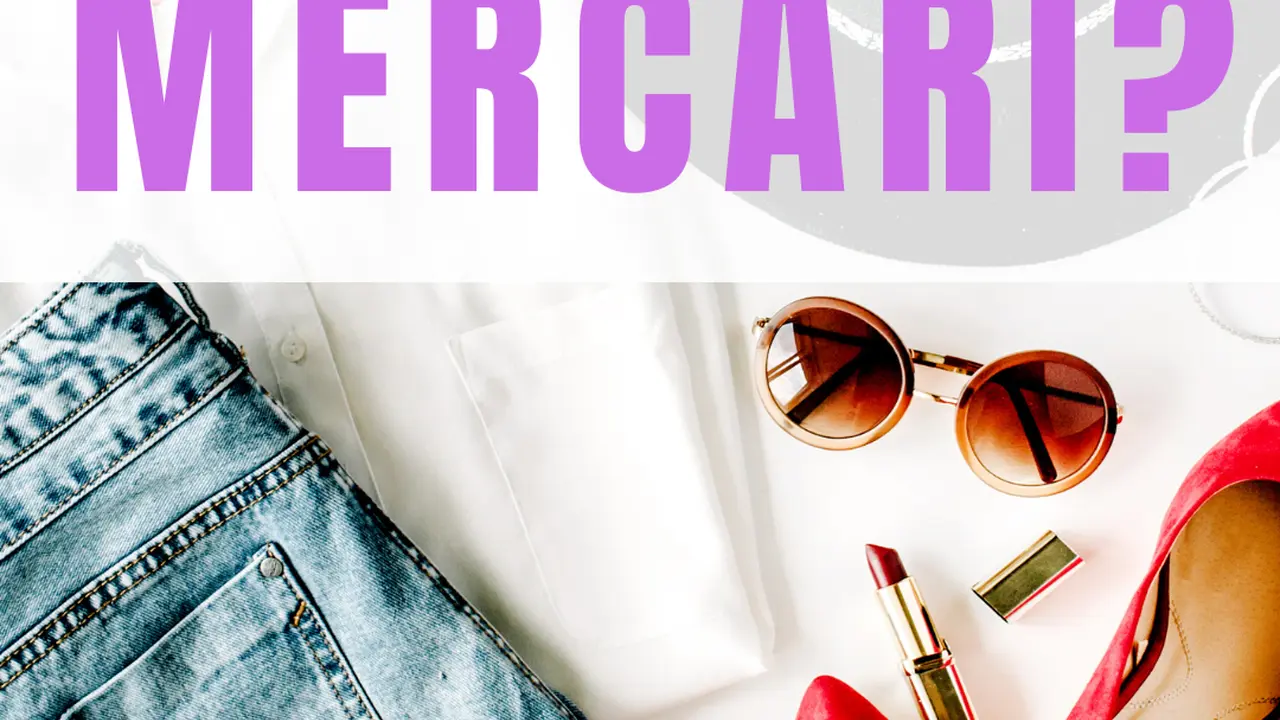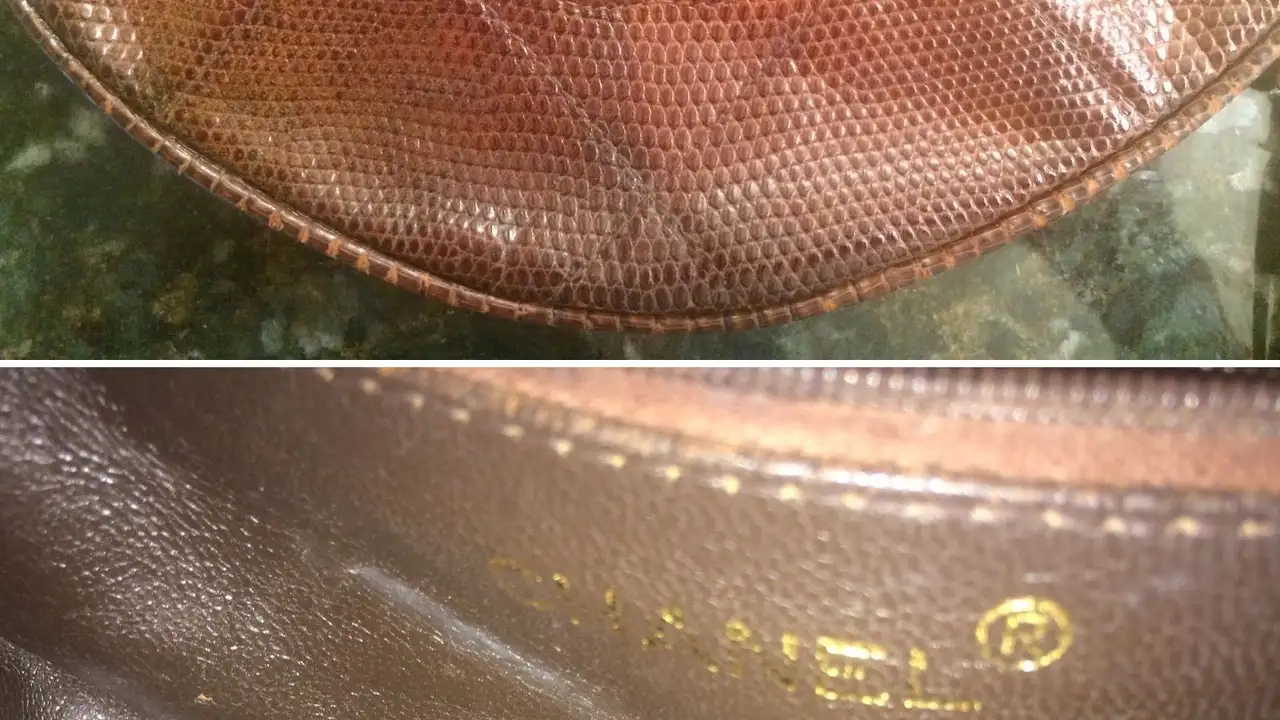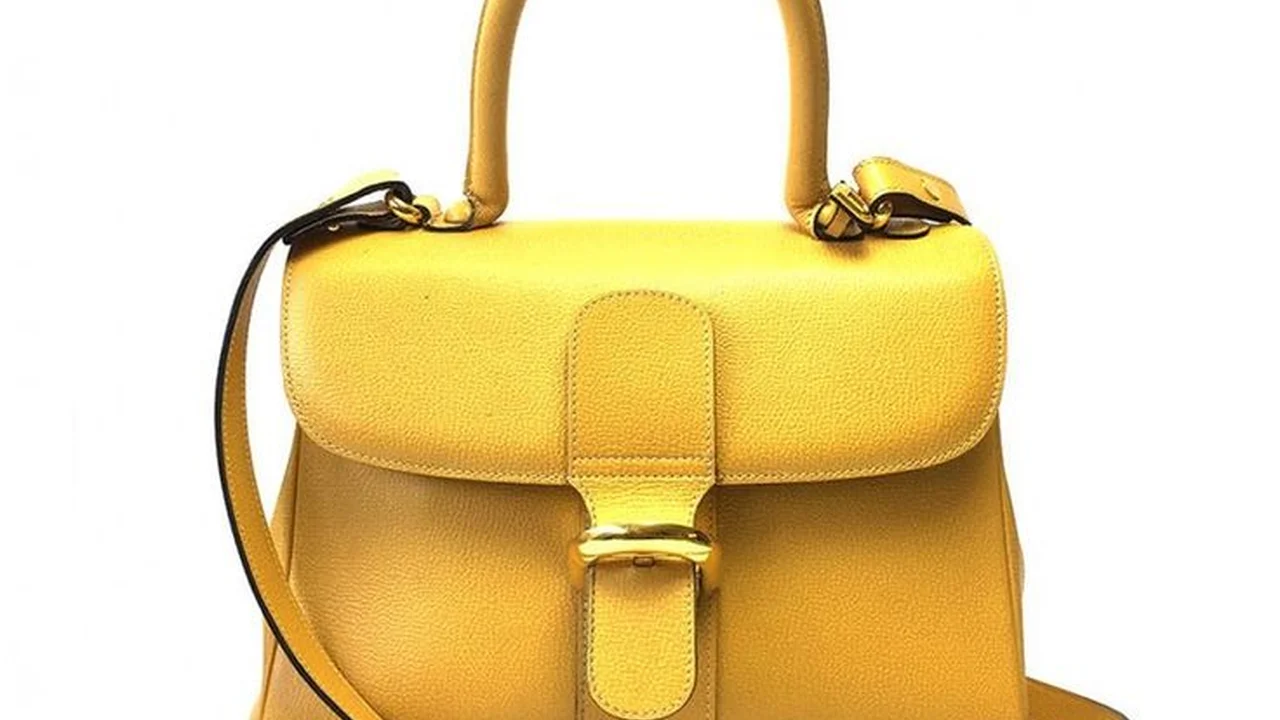Preparing Your Luxury Handbag for Consignment: A Step-by-Step Guide
Luxury Handbag Consignment: A step-by-step guide to preparing your luxury handbag for consignment. Ensure your bag is in the best possible condition to attract buyers and increase its value.

Cleaning Your Luxury Handbag Before Consignment: A Fresh Start
Alright, let's get down to brass tacks. First impressions matter, right? Especially when you're trying to sell something that screams \"luxury.\" Before you even *think* about handing over your precious handbag for consignment, you've gotta give it a good cleaning. Think of it as prepping your house before an open house. You wouldn't show a dirty, cluttered house, would you? Same goes for your handbag!
Leather Handbags: For leather, grab a soft, slightly damp cloth. Seriously, just damp – you don't want to soak the leather. Use a gentle, circular motion to wipe away any surface dirt. For tougher stains, consider a leather cleaner specifically designed for handbags. Test it on a small, inconspicuous area first, just in case! I've had great luck with Lexol leather cleaner – it's gentle but effective. Avoid using harsh chemicals or anything abrasive; you'll just damage the leather. Don't forget the handles! They often accumulate the most grime.
Suede Handbags: Suede is a whole different ballgame. Water is the enemy! Invest in a good suede brush and gently brush the nap to remove dirt and dust. For stains, a suede eraser can work wonders. Again, test it first! Kiwi Suede Cleaner Kit is a popular and affordable option. Be patient and persistent – it might take a few tries to remove stubborn stains.
Fabric Handbags: For fabric bags (like canvas or nylon), you can often use a mild soap and water solution. Again, test it first! Use a soft cloth and gently dab at any stains. Avoid rubbing, as this can spread the stain. For tougher stains, you might need a fabric stain remover. Consider a product designed for delicate fabrics. And remember to let the bag air dry completely before moving on.
Repairing Minor Damage to Increase Handbag Value: Small Fixes, Big Impact
Okay, so your bag is clean. Now it's time to assess any minor damage. A loose stitch, a scuffed corner, a slightly tarnished buckle – these little things can significantly impact the perceived value of your bag. Think of it like detailing a car before selling it. Small investments can yield big returns.
Loose Stitching: If you're handy with a needle and thread, you can often fix loose stitching yourself. Use a thread that matches the color of the original stitching. If you're not confident, take it to a professional. A local tailor or shoe repair shop can usually handle this for a reasonable price. Expect to pay around $15-$30 for simple stitching repairs.
Scuffed Corners: Scuffed corners are a common problem, especially with leather bags. You can often touch them up with a leather repair kit. These kits usually include a color-matching balm or cream that you can apply to the scuffed area. FORTIVO Leather Repair Kit is a well-regarded option. Follow the instructions carefully and apply thin layers to build up the color. Remember to let it dry completely between coats.
Tarnished Hardware: Tarnished buckles, zippers, and other hardware can make a bag look old and neglected. You can often polish them with a metal polish designed for jewelry or handbags. Weiman Jewelry Cleaner Wipes are convenient and effective. Be careful not to get the polish on the leather or fabric. Wipe away any excess polish with a clean cloth.
Zipper Issues: A stuck zipper can be a major turn-off. Try lubricating the zipper teeth with a graphite pencil or a zipper lubricant. If that doesn't work, you might need to replace the zipper. Again, a tailor or shoe repair shop can usually handle this.
Documenting Authenticity: Proving Your Handbag is the Real Deal
In the world of luxury handbags, authenticity is everything. Consignment shops and potential buyers will want to be absolutely sure that your bag is genuine. Providing documentation can significantly increase its value and make it more appealing to buyers. Think of it like having the original title and service records for a car.
Original Receipts: If you still have the original receipt from when you purchased the bag, that's the best proof of authenticity you can provide. Keep it in a safe place and include a copy with your consignment submission.
Dust Bag and Packaging: The original dust bag and packaging (box, tags, etc.) can also help to verify authenticity. These items often contain details that are difficult to replicate in counterfeit bags. Even if you don't have the receipt, the dust bag and packaging can add value.
Authenticity Cards: Many luxury brands include authenticity cards with their handbags. These cards typically have a serial number or other unique identifier that can be used to verify the bag's authenticity. Make sure the serial number on the card matches the serial number on the bag (if applicable).
Professional Authentication: If you don't have any of the original documentation, you can consider having your bag professionally authenticated. There are several online services that specialize in luxury handbag authentication. Expect to pay around $30-$100 for this service. Companies like Entrupy and Authenticate First are well-known.
Taking High-Quality Photos: Showcasing Your Handbag's Best Features
Photos are *crucial* when it comes to selling anything online, especially luxury handbags. You need to showcase your bag in the best possible light (literally!). Think of it like staging a home for sale. Good photos can make all the difference.
Lighting: Natural light is your best friend. Take your photos during the day in a well-lit area, but avoid direct sunlight, which can wash out the colors. If you don't have access to natural light, use artificial lighting that mimics natural light.
Angles: Take photos from multiple angles, including the front, back, sides, top, and bottom. Showcase the bag's shape and design from every perspective. Also, take close-up photos of any important details, such as the hardware, stitching, and logo.
Details: Highlight any unique features or details that make your bag special. This could include the type of leather, the craftsmanship, or any embellishments. Show off what makes your bag stand out.
Flaws: Be honest about any flaws, such as scratches, stains, or wear and tear. Don't try to hide them; potential buyers will appreciate your honesty. Take clear photos of any imperfections. This builds trust and avoids potential disputes later on.
Background: Choose a clean, uncluttered background that won't distract from the bag. A white or neutral background is always a good choice. Avoid busy patterns or distracting elements.
Setting a Realistic Price: Understanding Market Value and Handbag Condition
Pricing your handbag correctly is essential for a successful consignment. You need to find a balance between getting a fair price for your bag and attracting potential buyers. Think of it like pricing a house for sale. You want to be competitive but also get the best possible return.
Research: Research similar handbags that are currently for sale on consignment sites like The RealReal, Fashionphile, and Vestiaire Collective. See what prices they are listed for and take note of their condition and any included accessories.
Condition: Be realistic about the condition of your bag. A bag in excellent condition will fetch a higher price than a bag with significant wear and tear. Factor in any scratches, stains, or repairs when determining the price.
Original Price: Consider the original retail price of the bag. While you won't be able to get the same price as a new bag, it's a good starting point for determining its value.
Demand: Factor in the demand for the particular brand and style of bag. Some brands and styles are more popular than others and will command higher prices.
Consignment Fees: Remember to factor in the consignment fees charged by the consignment shop. These fees can range from 20% to 50% of the selling price. Make sure you understand the fee structure before consigning your bag.
Examples of Handbags and Their Potential Consignment Value
Let's look at a few examples to illustrate how these factors can impact the consignment value of a luxury handbag:
Example 1: Louis Vuitton Neverfull MM in Damier Ebene
- Original Retail Price: $2,030
- Condition: Excellent, gently used, no visible wear and tear
- Accessories: Includes dust bag and original receipt
- Potential Consignment Value: $1,200 - $1,500
- Usage Scenario: This bag is perfect for everyday use, travel, or as a work tote. Its classic design and durable canvas make it a versatile choice.
Example 2: Chanel Classic Flap Bag in Black Lambskin
- Original Retail Price: $9,500
- Condition: Good, some visible wear on the corners and minor scratches on the hardware
- Accessories: Includes dust bag and authenticity card
- Potential Consignment Value: $5,000 - $6,500
- Usage Scenario: This iconic bag is perfect for special occasions, evenings out, or adding a touch of elegance to any outfit. Its timeless design makes it a worthwhile investment.
Example 3: Hermès Birkin 30 in Togo Leather
- Original Retail Price: $12,000+ (depending on leather and hardware)
- Condition: Very Good, minimal wear, well-maintained
- Accessories: Includes dust bag, raincoat, and CITES certificate
- Potential Consignment Value: $15,000 - $20,000+ (Birkins often sell for more than their original retail price due to their rarity and exclusivity)
- Usage Scenario: The Birkin is a statement piece and a symbol of status. It's perfect for collectors, fashion enthusiasts, or anyone who appreciates exceptional craftsmanship.
Choosing the Right Consignment Service: Matching Your Needs and Handbag
Not all consignment services are created equal. Some specialize in certain brands or styles, while others offer different commission rates and services. Choosing the right service is crucial for maximizing your returns and ensuring a smooth consignment process. Think of it like choosing a real estate agent. You want someone who is experienced and knowledgeable about the market.
The RealReal: The RealReal is a popular online consignment service that specializes in luxury goods. They offer a wide range of brands and styles, and they handle all aspects of the consignment process, from authentication to photography to shipping. Their commission rates vary depending on the selling price of the item.
Fashionphile: Fashionphile is another well-known online consignment service that focuses on luxury handbags and accessories. They are known for their competitive prices and their excellent customer service. They offer both consignment and outright purchase options.
Vestiaire Collective: Vestiaire Collective is a global online marketplace for luxury fashion. They have a large international audience and offer a wide range of brands and styles. They have a rigorous authentication process to ensure the authenticity of all items sold on their platform.
Local Consignment Shops: Don't forget about local consignment shops! These shops can offer a more personalized service and may be a good option if you prefer to work with someone in person. Research local shops in your area and compare their commission rates and services.
By following these steps, you can prepare your luxury handbag for consignment and increase its chances of selling for a good price. Remember to be patient, realistic, and honest, and you'll be well on your way to a successful consignment experience!
:max_bytes(150000):strip_icc()/277019-baked-pork-chops-with-cream-of-mushroom-soup-DDMFS-beauty-4x3-BG-7505-5762b731cf30447d9cbbbbbf387beafa.jpg)






